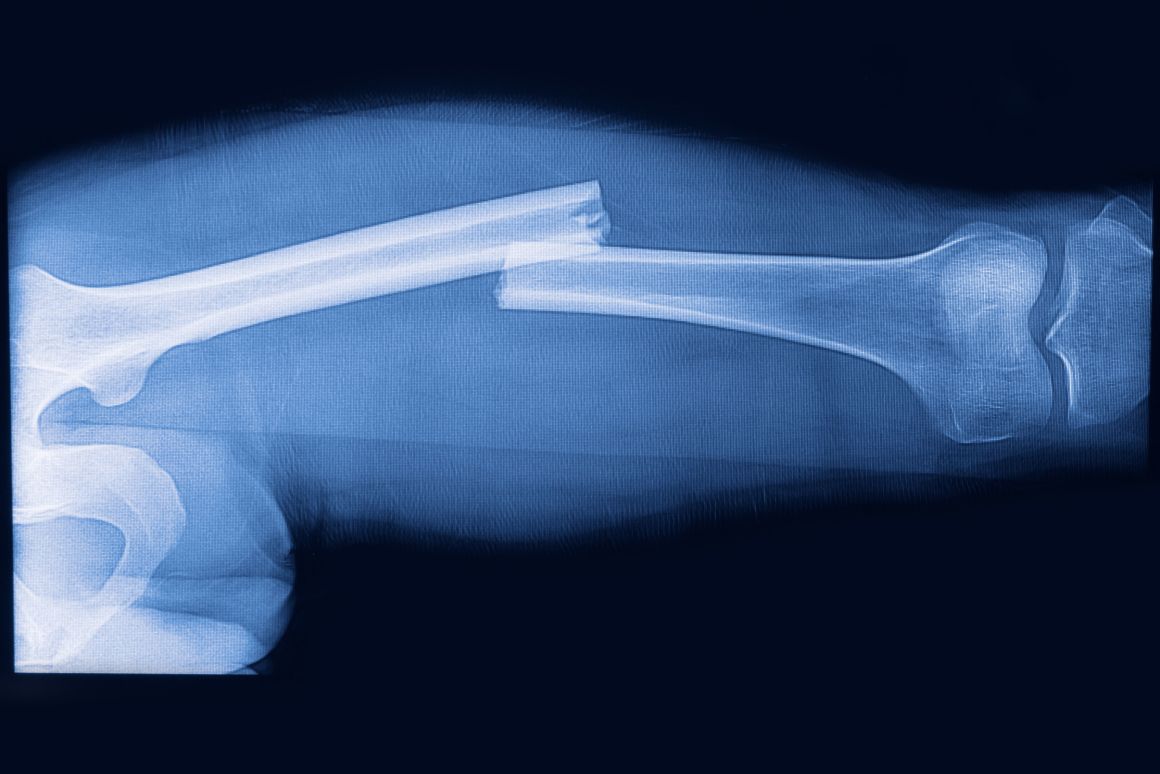Bone Renewal Wıth Plastıc
British scientists have found that for older people or those with significant bone fractures, it is a perfect blend of plastic material that can lead to bone regeneration.
The study, conducted by British scientists, has resulted in a plastic scaffold, which is a porous honeycomb scaffold that allows blood to flow through it. This blood flow allows the patient to bind stem cells from the bone marrow to the scaffold and create new bone cells, according to a press release from the University of Southampton.
The scaffold consists of a polycarbonate plastic that can be implanted biologist medical. This formula found by scientists is very similar to that used in bulletproof glasses and CDs. Scientists have created a nanotopographic pattern on plastic that directs embryonic stem cells towards bone cells.
Researchers believe that the plastic used is a cheaper alternative to culturing embryonic stem cells. As the new bone grows, the scaffold slowly disintegrates, leaving the area. The piers are a relatively new development in medical research. There are applications of regeneration of connective tissue, replacement of blood vessels and healing of damaged tissues.
Professor Richard Oreffo, who leads the research team at the University of Southampton says; Producing bone cells for regenerative medicine and further medical research is one of our priorities. However, we have found that we can help the tissue engineering process by using surface technologies that allow human embryonic stem cells to transform and ultimately scale into skeletal cells. This is very exciting for us.
Innovation should not only help those suffering from bone trauma, but also those who need hip replacement surgery for osteoporosis and osteoarthritis. Professor Mark Bradley of the University of Edinburgh’s Chemistry School in Kurzweil mentions; We are confident that this material will help improve quality of life for patients with severe bone injury in a short period of time and help maintain the health of an aging population.
Researchers also believe that development offers new opportunities for medical research in this area in the future. Oreffo: “Our research can offer a whole new approach to skeletal regenerative medicine. The use of nanotopographic patterns can provide new cell culture designs, new device designs, and inform the development of new bone repair therapies as well as human stem cell research.”



